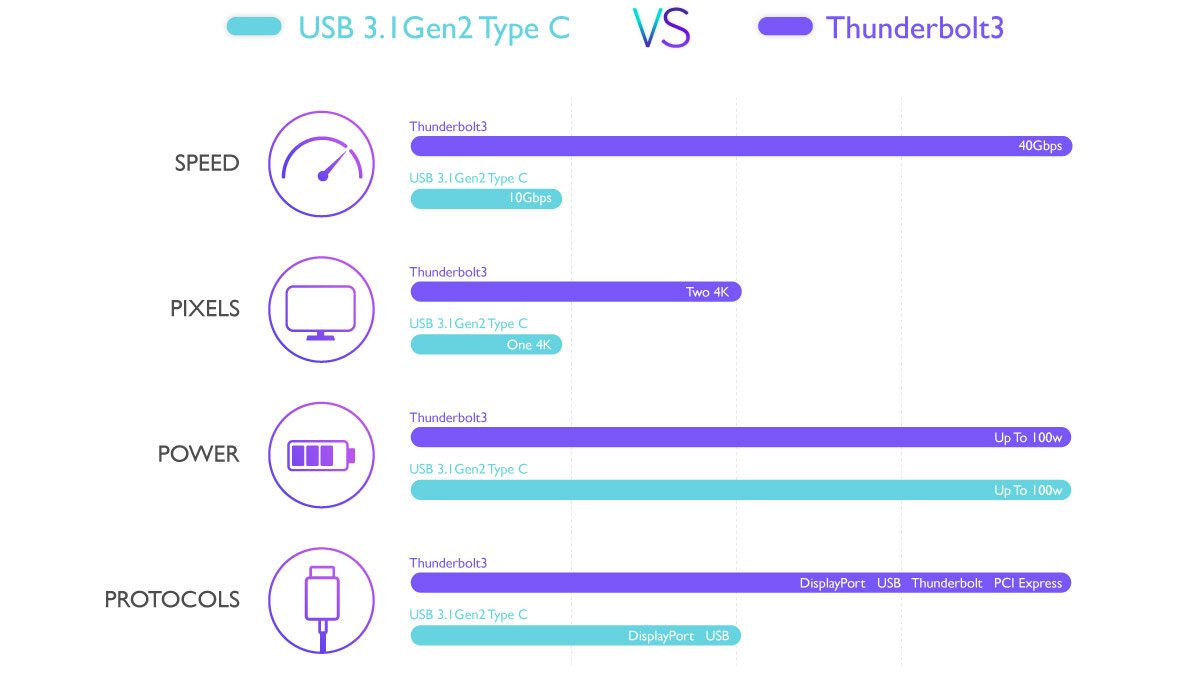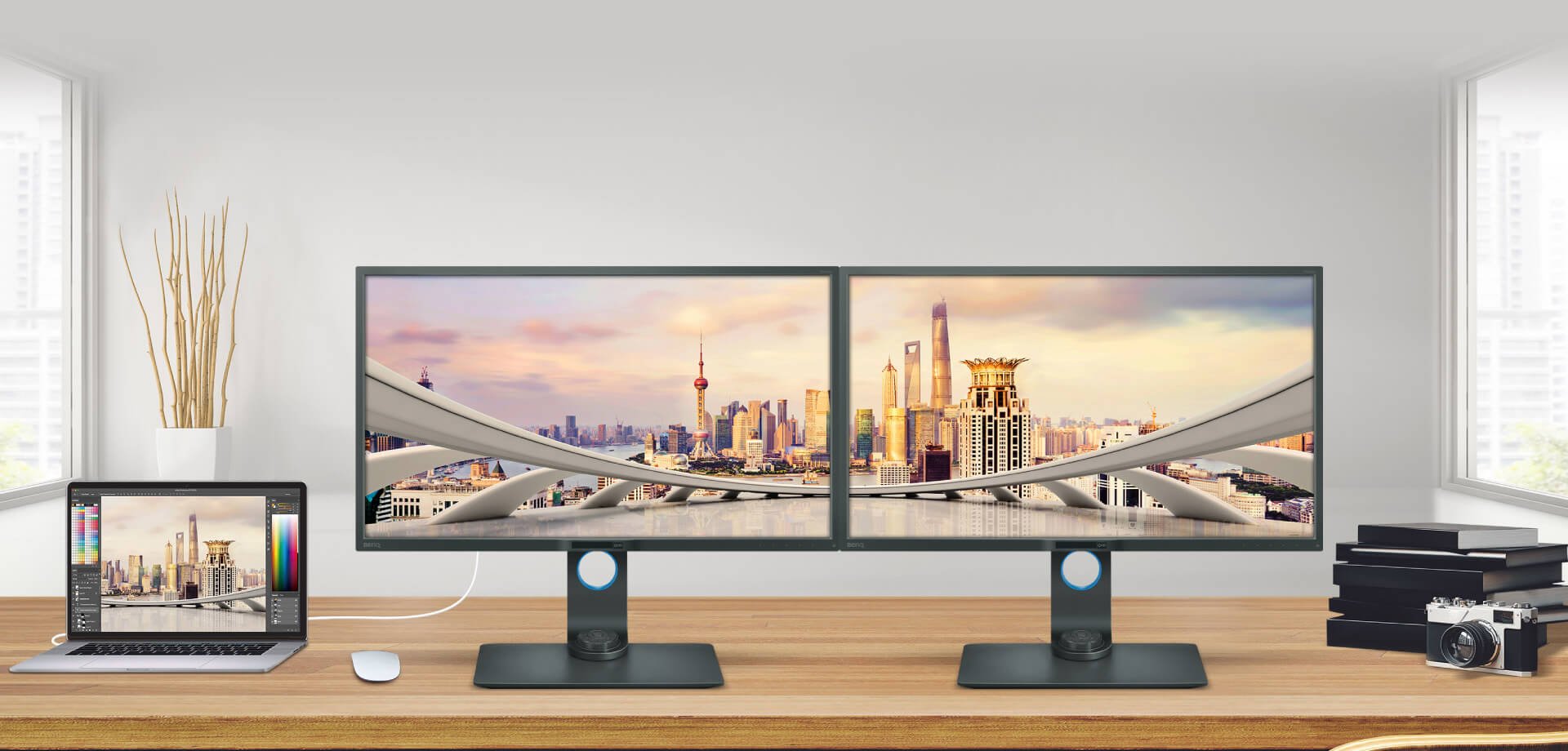Pardon the headline.
It’s just, here in awards season, it’s hard not to get swept up in Rami Malek’s electrifying performance as the even more electrifying Freddie Mercury in the Best Picture-nominated Bohemian Rhapsody. The Brian Singer film is a biopic of a band and its front man and it uses a wide palette to paint a picture of one of rock’s most legendary showmen.
Like his other films such as The X-Men, Star Trek: Nemesis and Superman Returns, Bohemian Rhapsody is a cinematic wonderland of rich tones and deep contrasts, vivid colors and towering cinematic spaces. Now that it’s available to stream at home or on DVD, Blu-ray and 4K UHD, the question has to be how can that megaplex cinema experience be recreated? What if you are a designer or filmmaker yourself, and you want a display that can accurately transform your vision into a collection of densely-packed pixels portraying the color, the contrast and detail in your mind’s eye?
The good news is there are many options and prices.
The bad news is there are many options and prices.
So, let’s break it down.
At BenQ, we believe that design and technology function best when they serve the real needs and wants of people. This concept is at the core of our people-driven approach to design and technology. We have solutions for every need and budget. To generalize, there are two categories of digital displays, depending upon the type of connections they offer. Certain cables can carry both power and data and others can transmit a wider bandwidth of information, resulting in super high dynamic range images.
The latest BenQ monitors offer both USB Type C™ or Thunderbolt™ 3 connections.
The good news is both connectors and cables share the same shape and size and look identical.
The bad news is both connections and cables share the same shape and size and look identical.
Wait…what?
Let’s have a look at both solutions and the benefits and costs of each.
We promise to keep it from getting very, very frightening, you see?



